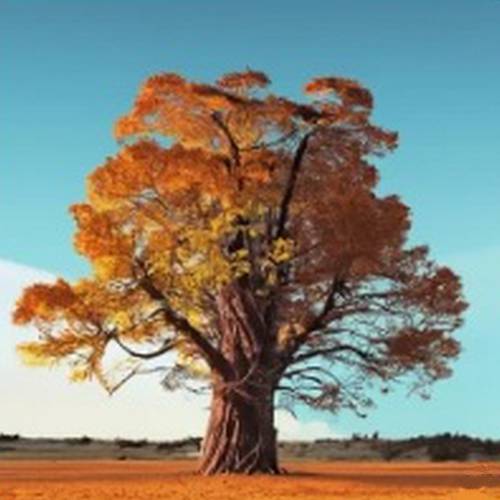Historical Background
The historical background of the Wyoming state tree, the Plains Cottonwood, traces back to the early days of the state's settlement. In the mid-19th century, pioneers and settlers were drawn to Wyoming's vast plains, and the Plains Cottonwood became a familiar sight along riverbanks and water sources. Its resilience in harsh conditions and rapid growth made it a symbol of endurance for those who sought a new life in the West.
Designated as the official state tree in 1947, the Plains Cottonwood carries cultural significance for Wyomingites. Native American communities revered it for its practical uses, such as crafting tools and shelter. Early European settlers, recognizing its unique qualities, embraced it for shade and timber.
Today, the historical narrative of the Wyoming state tree reflects not only the state's ecological history but also the resilience and adaptability of its people throughout the ages. The Plains Cottonwood stands as a living testament to Wyoming's enduring spirit and natural heritage.
Designated as the official state tree in 1947, the Plains Cottonwood carries cultural significance for Wyomingites. Native American communities revered it for its practical uses, such as crafting tools and shelter. Early European settlers, recognizing its unique qualities, embraced it for shade and timber.
Today, the historical narrative of the Wyoming state tree reflects not only the state's ecological history but also the resilience and adaptability of its people throughout the ages. The Plains Cottonwood stands as a living testament to Wyoming's enduring spirit and natural heritage.

